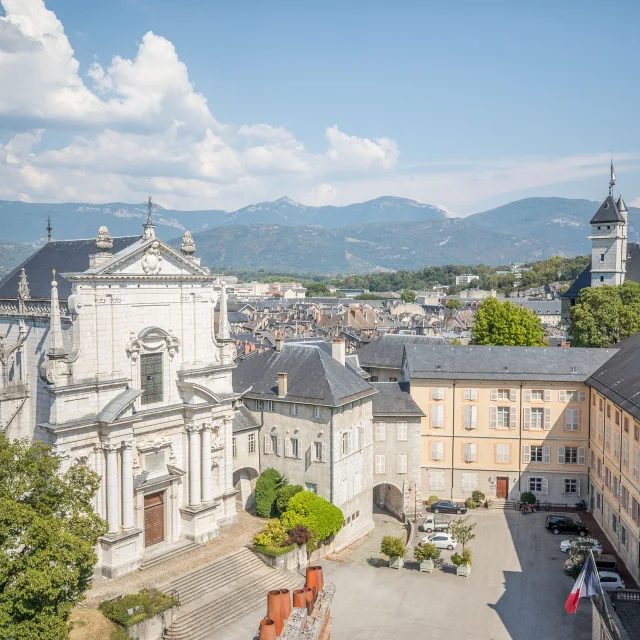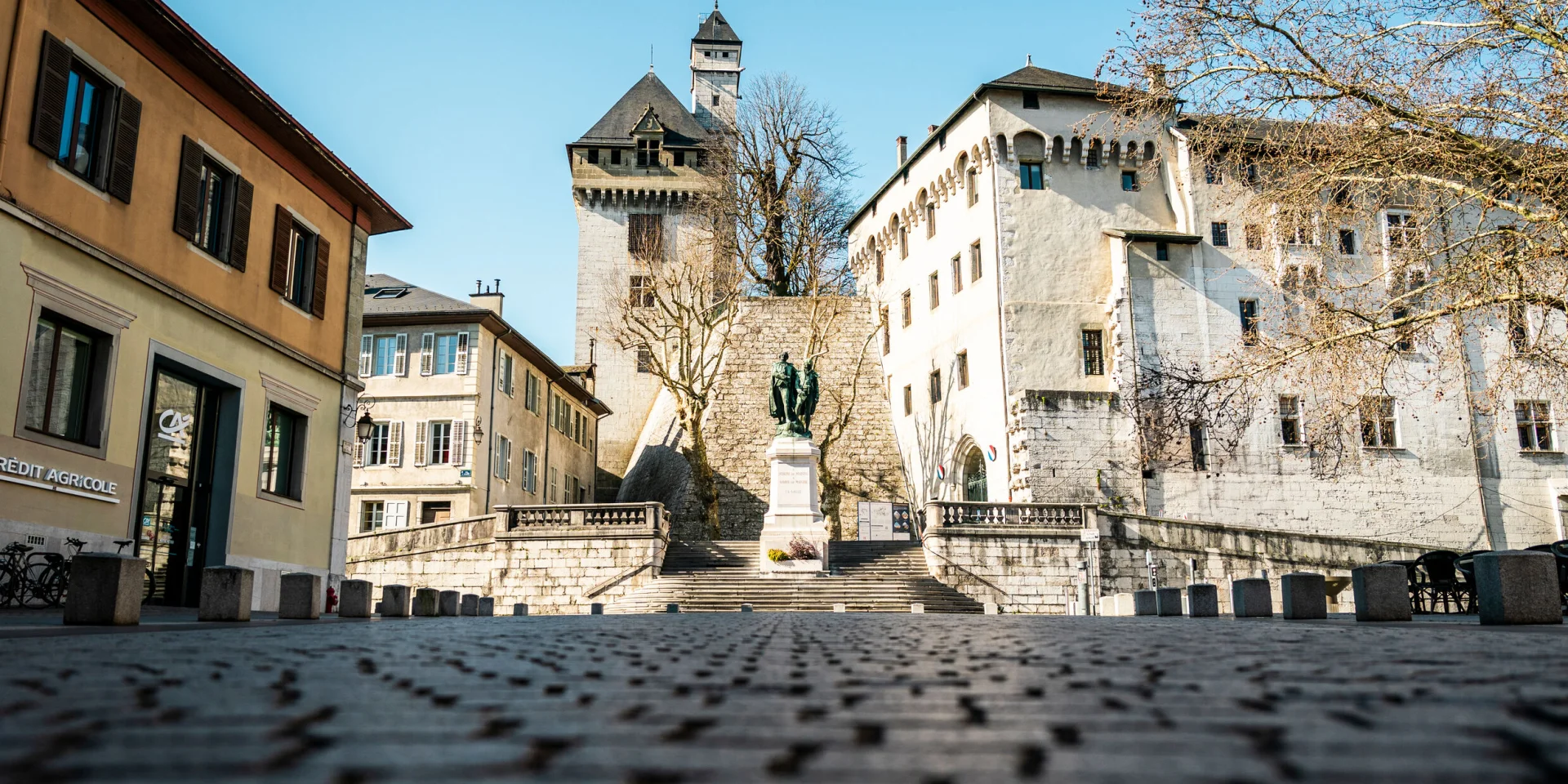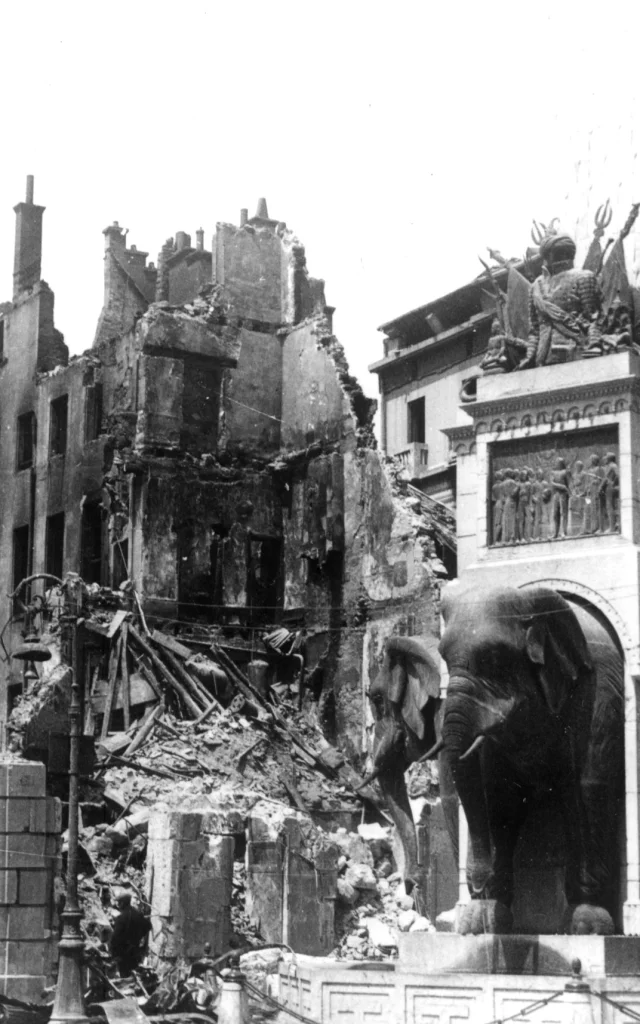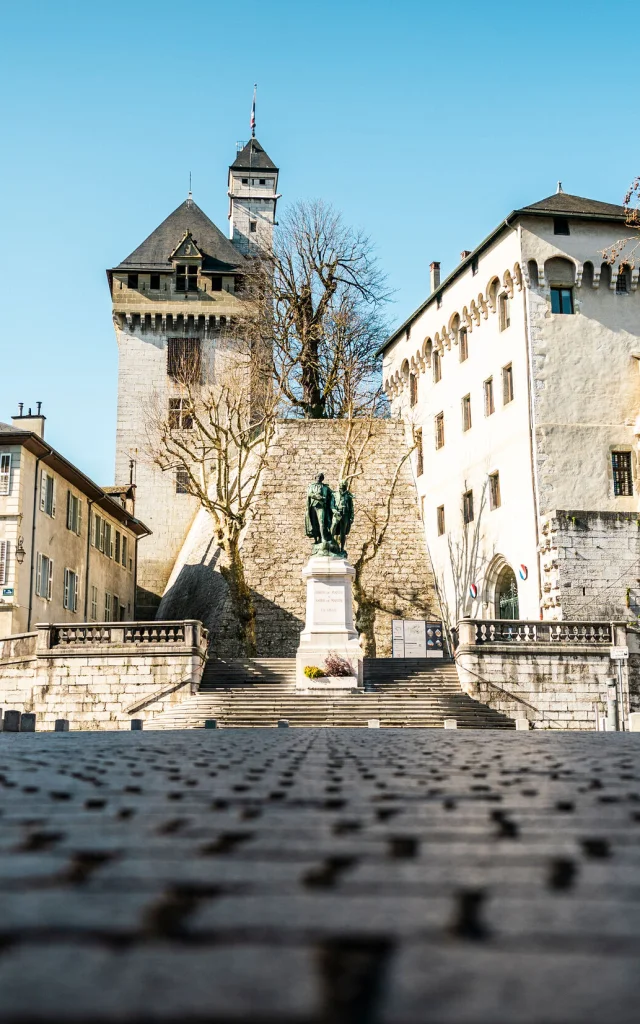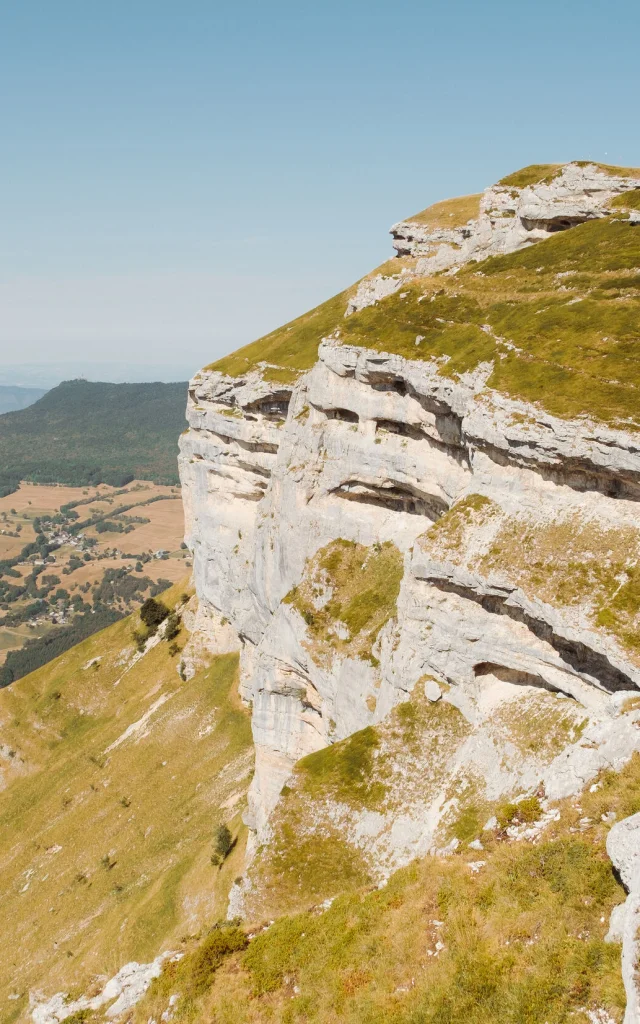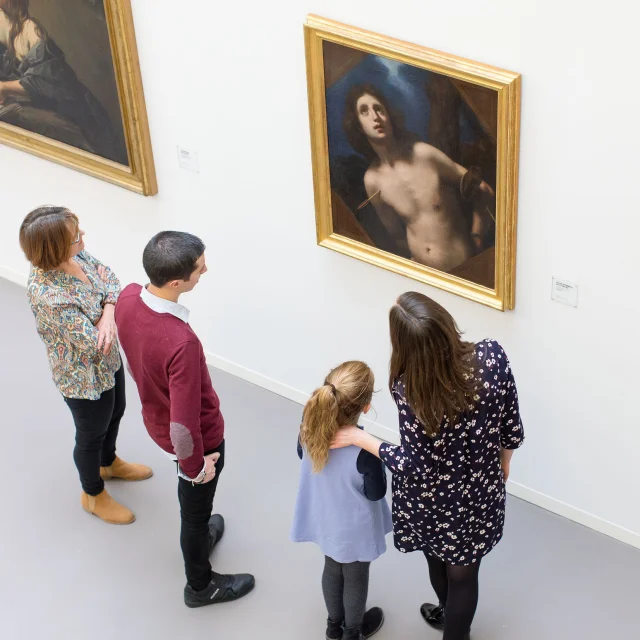The castle of the Dukes of Savoy
In 1295, Chambéry became the capital of the States of Savoy. The castle, initially a simple wooden fortification, was transformed into a residence by the Counts of Savoy. It became the centre of power, a place of government and pageantry for a dynasty that was to extend its influence far beyond the Alps.
In 1563, Duke Emmanuel-Philibert chose Turin as his new capital. Protected by the mountains and looking towards modern-day Italy, the city embodied the strategic ambitions of the House of Savoy. Chambéry nevertheless retained an administrative role and the castle remained a place of representation.
Over the centuries, the building has undergone a number of changes: it was damaged by fire, particularly during the Spanish occupation and then during the Revolution, and was rebuilt, enlarged and adapted to the needs of each era.
Today, the château continues to house the prefecture and the departmental council. Between heritage and public life, it remains a precious witness to the history of Savoie and a strong emblem of Chambéry.
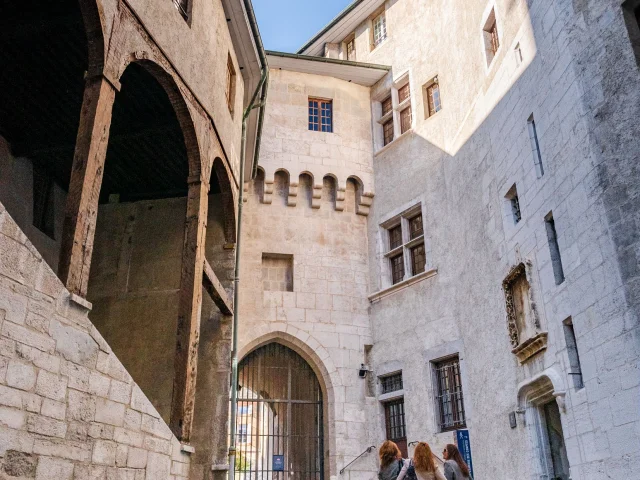
-640x480.webp)
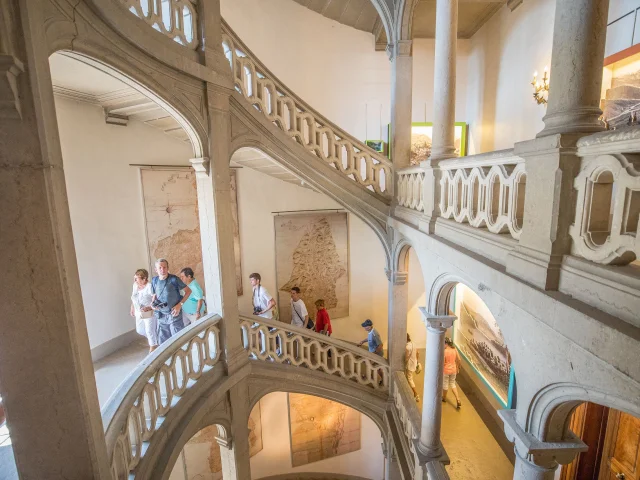
The Sainte-Chapelle
Built in the 15th century, the Sainte-Chapelle in the Château des Ducs de Savoie reflects the ambition and prestige of the Savoyard dynasty. Since 1502, it has housed the Holy Shroud, a major relic of Christianity, which attracted pilgrims and sovereigns from all over Europe for several decades.
After the transfer of the capital to Turin in 1563, the relic followed the ducal power, but the chapel retained its splendour. Behind its Gothic facades, we discover remarkable trompe-l’œil decorations, restored in the XIXᵉ century, which give the building a striking depth and richness.
Today, the Sainte-Chapelle remains one of Chambéry’s iconic monuments.
It can be visited on guided tours.
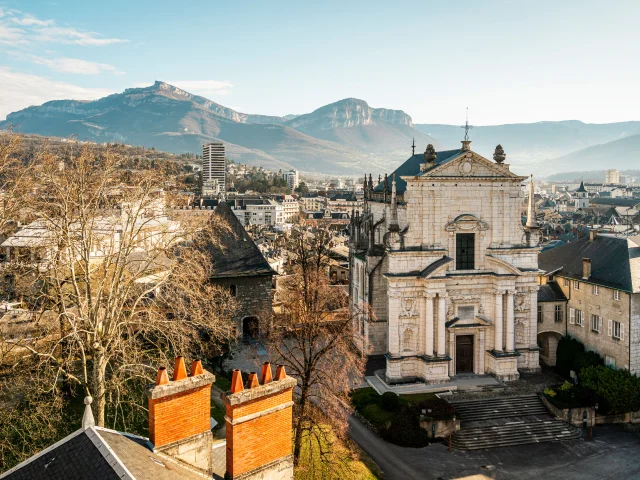
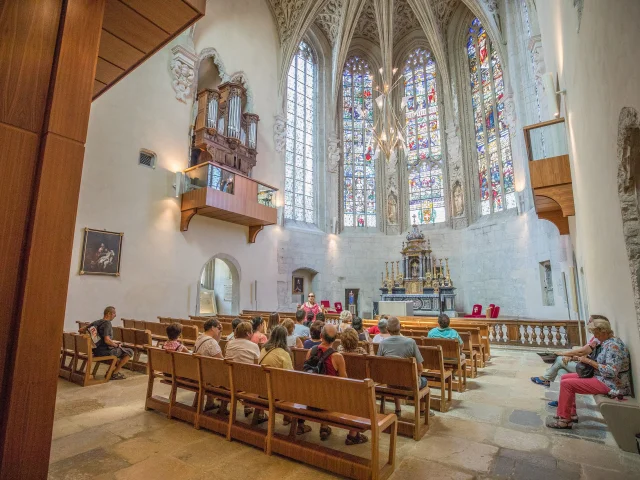
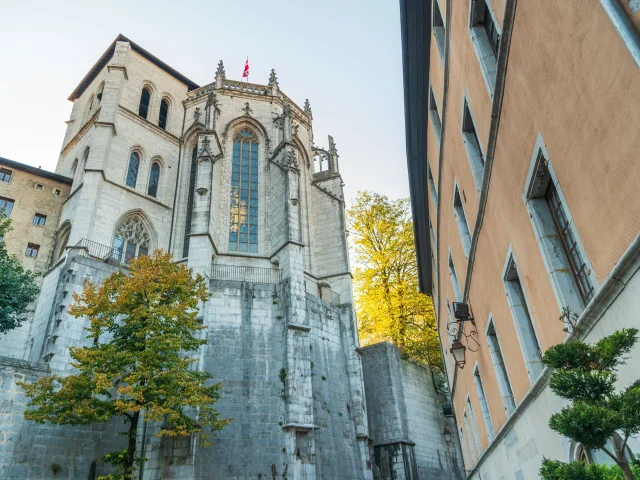
Chambéry'CimesYou might also like to listen to...
The Grand Carillon
Installed in 1993 in the Yolande Tower of the Château des Ducs de Savoie, the Grand Carillon is the work of the Paccard Foundry, the famous Savoyard master foundry. With its 70 bells, it is the largest carillon in France and the 8ᵉ largest in the world.
What makes it special? Exceptional homogeneity of tone, due to the bells being cast by the same factor in just eighteen months. Produced using an innovative method of instrument making – incorporating carbon fibre in particular – it marked a turning point in the art of bell making and inspired international achievements.
Resonating with Savoyard melodies as well as contemporary works, the Grand Carillon regularly brings Chambéry to life with its concerts, which are accessible on guided tours. A true signature of sound, between heritage and modernity.
-640x480.webp)
-640x480.webp)
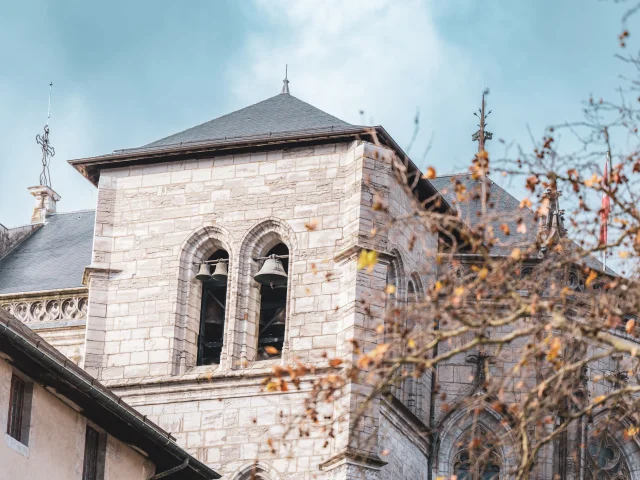
Chambéry’Cimes
is a podcast
Chambéry Montagnes
Sound recording, editing, mixing and production: Kamel Bouziane, Art AbordSavoie.
Melodies by Skal.
In this first episode, we explore Chambéry in the company of Chantal George, historical monuments guide, Jean-Pierre Vitto, Carillonneur, and Julie Chavaribeyre from the Tourist Office.
